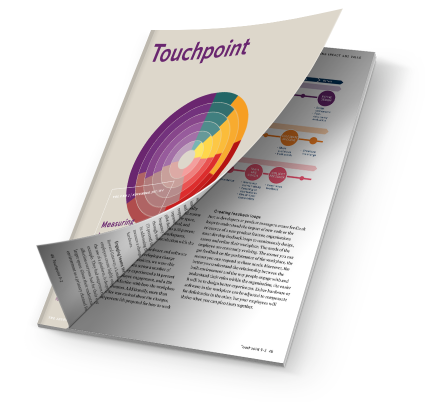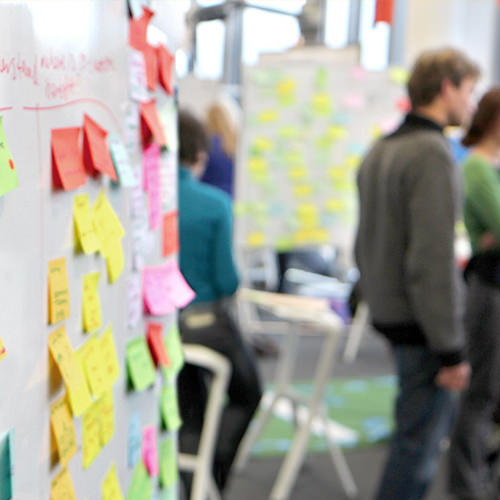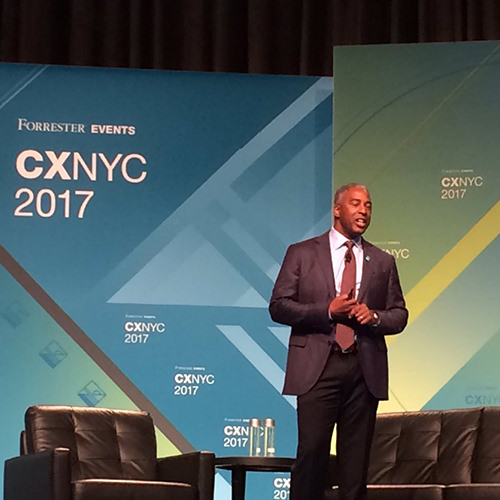Organizations are subject to greater pressure than ever to adapt to disruptive change. Digital transformation continues to remake entire industries, even as new technologies like machine learning and artificial intelligence promise to increase the velocity and scale of disruption.
In response, organizations have increasingly looked to bring the benefits of design-led change into their strategy. Yet, they are by their nature resistant to embracing the unknown through exploration and experimentation. This places the benefits of innovation at risk, as it’s often unable to take root and thrive within existing organizational systems.

I just co-authored an article in the Service Design Network’s, that outlines some hard-won, practical insights for how to bridge this gap. Note: the article is behind a paywall.
- Begin planning for innovation to transition into day-to-day governance from the start. Most innovation work fails to account for the resistance existing strategic, management, and measurement systems will exert. The gap between efficiency and innovation can be turbulent—design for the transition with intent.
- Engage with people from both the top and the bottom. Often, innovation work is rightly focused on marshaling the excitement of employees to understand and embrace the possible. However, it often neglects giving similar structure and direction to executives. Recognize that executives also need their role within innovation clearly defined as they have one foot in the current-state and one foot in the future-state. It’s inherently risky.
- Align change with existing goals and priorities where possible. This gives change a toehold in measurement, which makes the possible tangible. We’ve found that goals, objectives, and initiatives—when introduced early—form a common vocabulary between everyday management and what could be. It’s a vehicle to calibrate the scope and pace of innovation with what Jan Chipchase calls ‘organizational metabolism.’
- Demand participation to drive executive messaging. It’s easy for the efficient organization to plow forward and become misaligned with innovation work. When executives are involved and can unite the language of change with the language of daily governance there’s a greater chance the tensions can be bridged.
As Jared Spool recently put it: “Your organization is perfectly optimized to get the results it’s getting. Want to change the results? You need to change your org.”
Of course, it’s easier said than done. As organizations seek the benefits of design-led change, it’s more important than ever they not just pursue it, but ensure that the promise of innovation transitions into the day-to-day governance.
Read the full article (requires a membership to read) in Touchpoint Vol. 9 No. 2 – Measuring Impact and Value.



